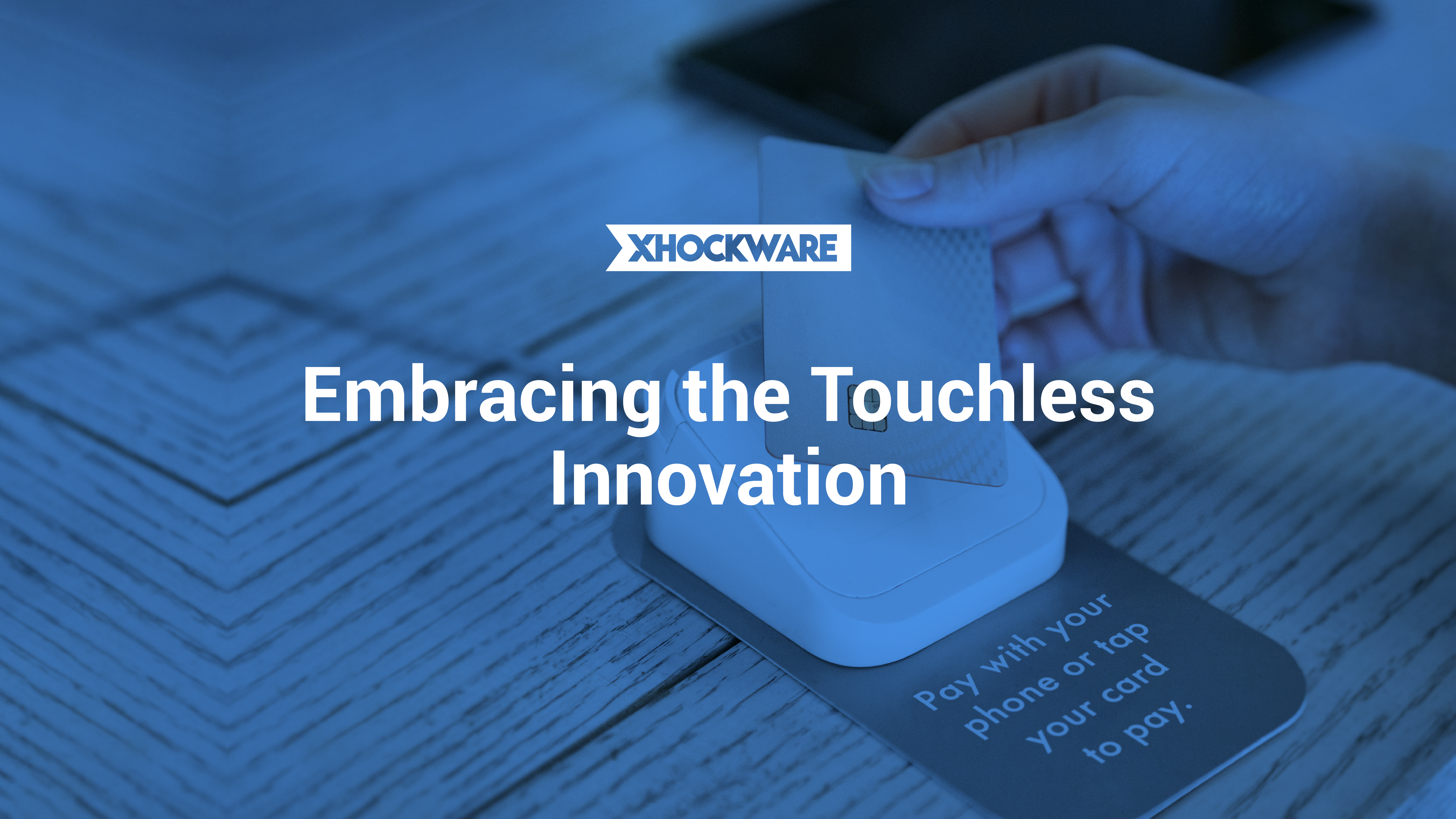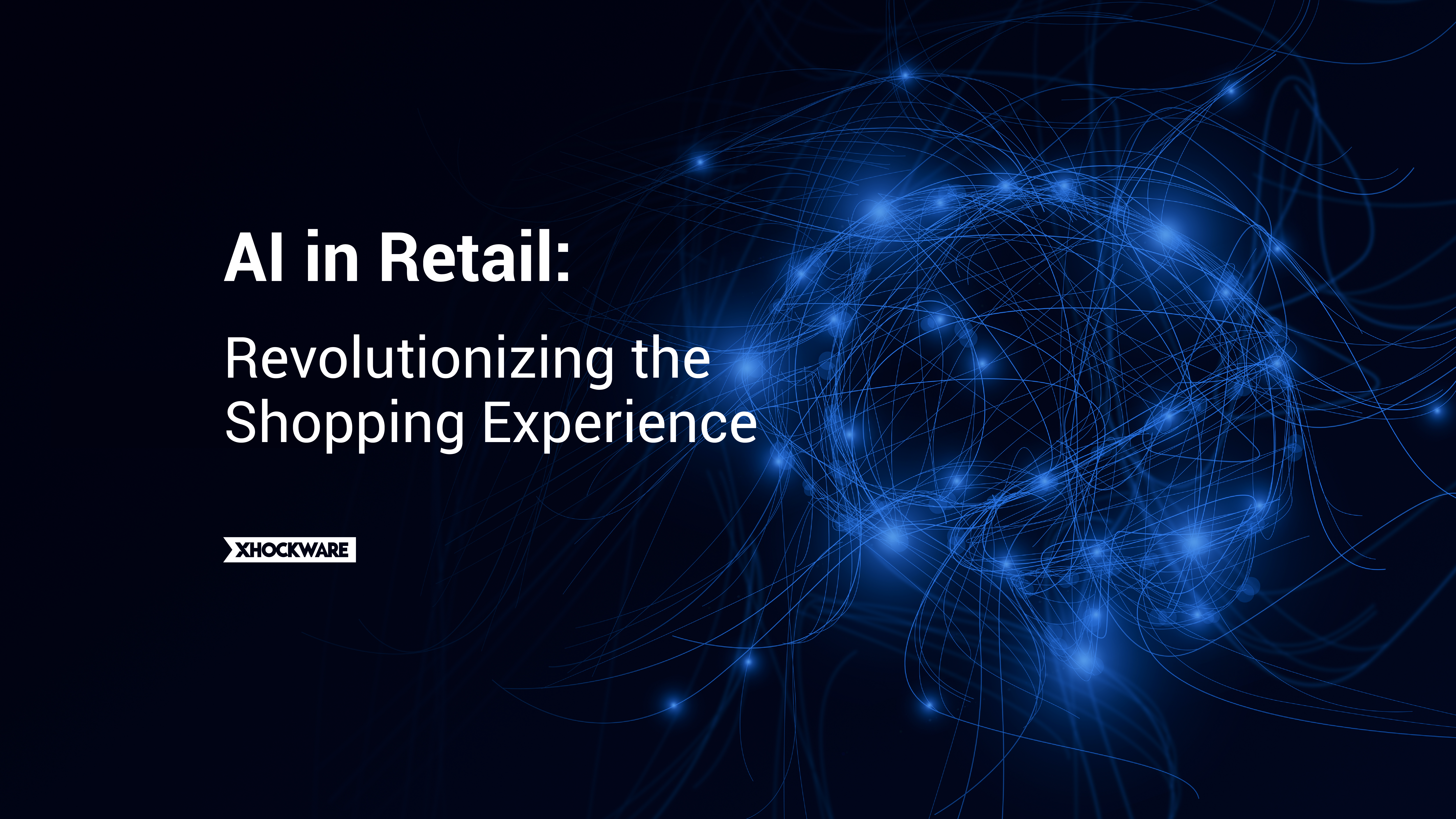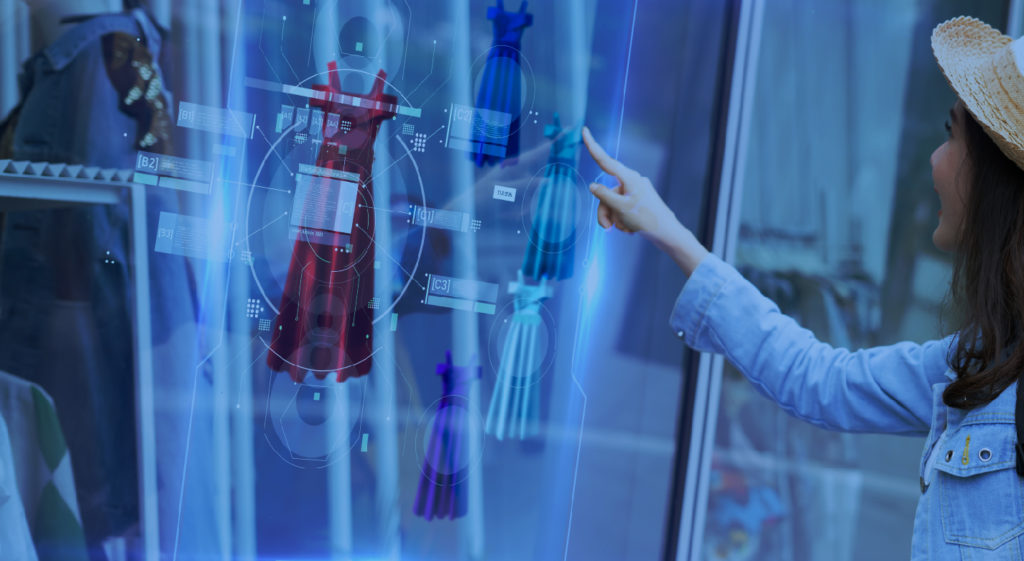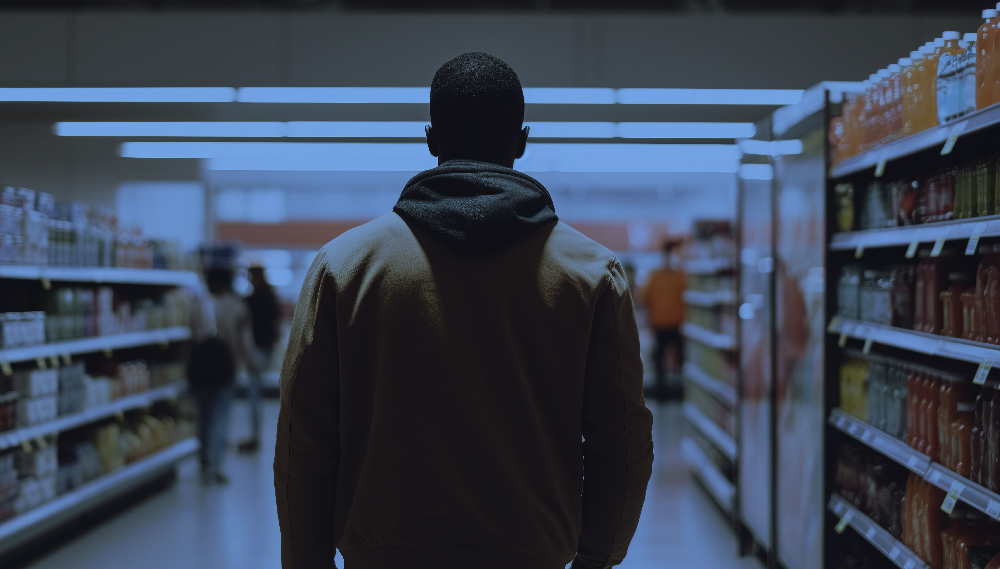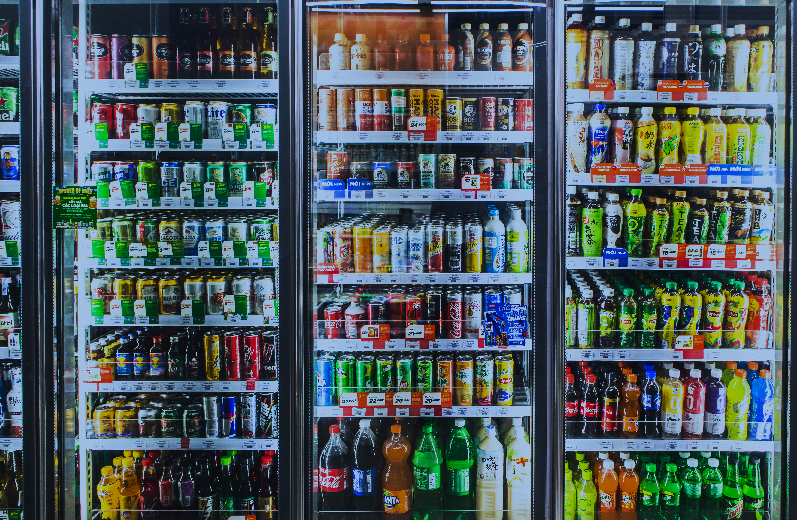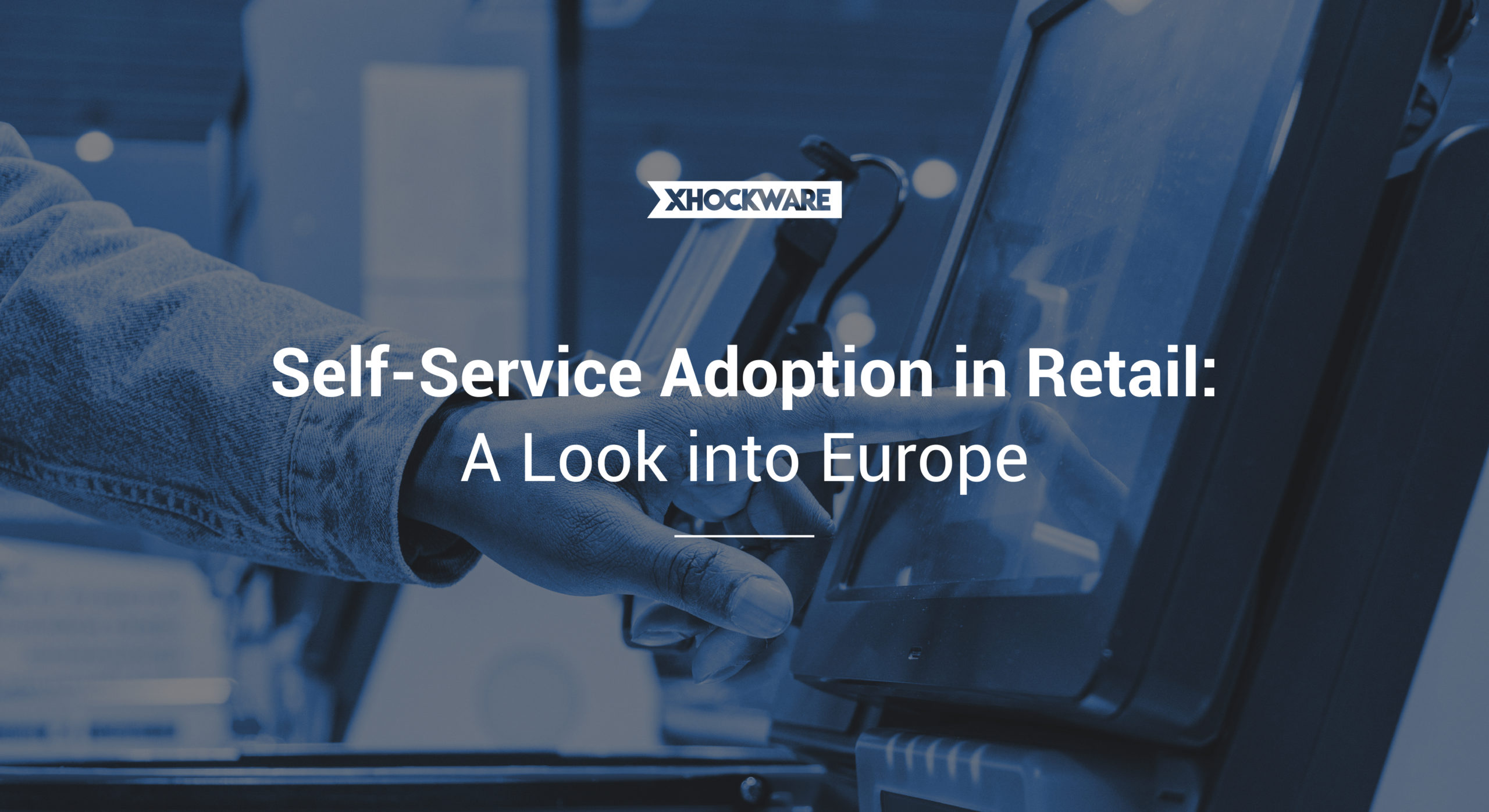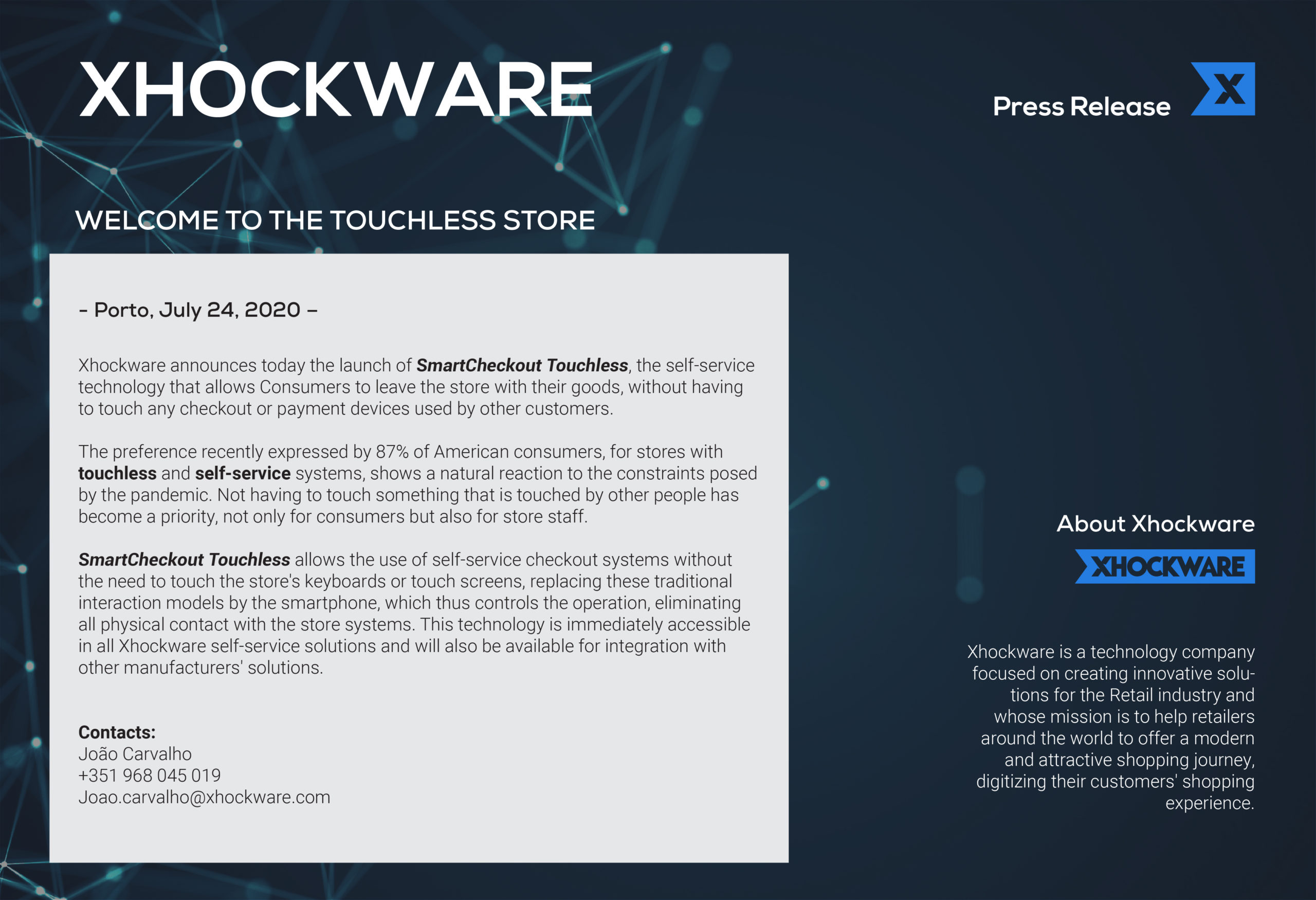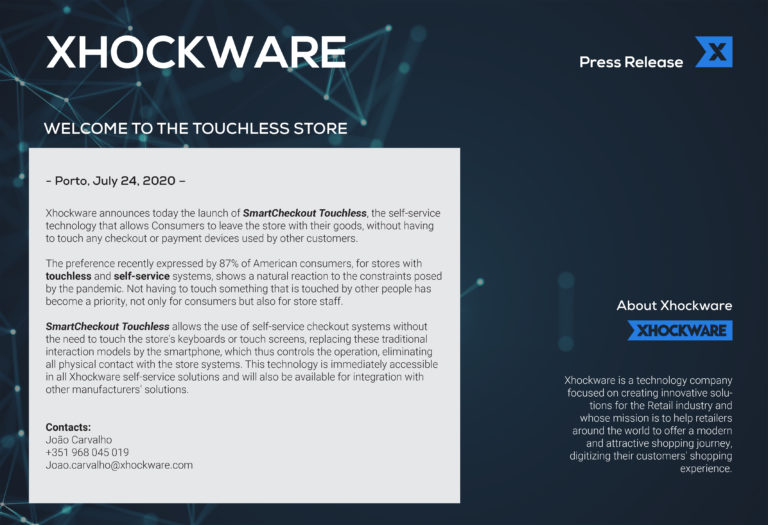The world is moving swiftly towards a touchless era due to the desire for better user experiences and hygiene concerns that persist even after COVID-19. The touchless economy is setting new standards across various sectors, including retail. However, this transformation entails more than just adopting new technologies; it requires rethinking layouts, consumer traffic, and minimizing contact between staff and customers. This article will explore the touchless revolution in retail and its implications for businesses and consumers.
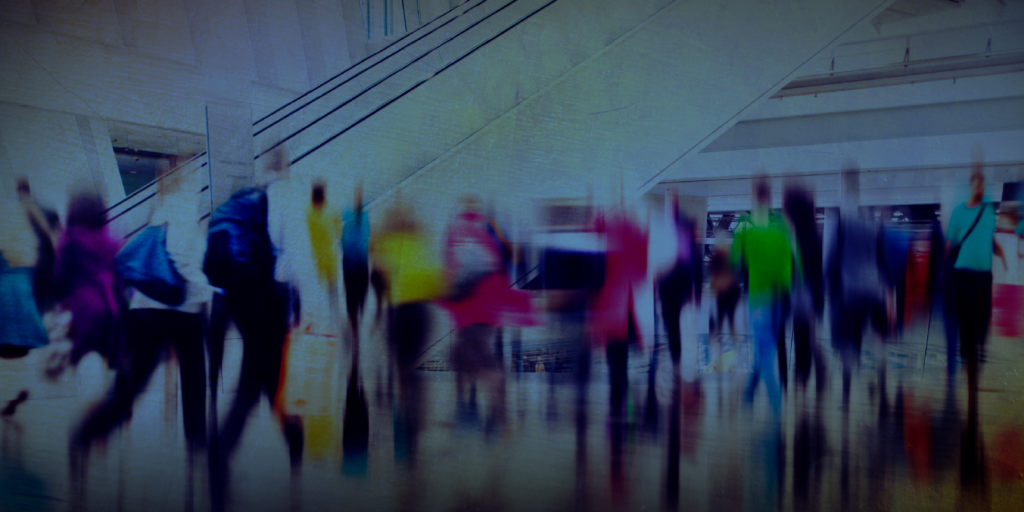
The benefits of touchless solutions for businesses and customers are numerous. For companies, implementing contactless retail solutions can lead to improved operational efficiency, reduced overhead expenses, seamless omnichannel experiences, competitive differentiation, technology integration opportunities, the ability to retain existing customers with loyalty programs, and offering personalization to customers. For customers, touchless solutions can avoid long queues, make quick and easy payments, save time, shop securely, and experience lower checkout times. By embracing this transformation, businesses can future-proof their operations and cater to their customer’s evolving needs and expectations.
The Changing Landscape:
Industries such as travel, transportation, banking, hospitality, offices, and parking lots are redesigning their spaces to accommodate touchless interactions. In addition, architectural firms like The Manser Practice are leading the way by envisioning post-pandemic hotels that prioritize limited interaction between staff and guests, implementing touchless check-in and smartphone-operated doors. These trends indicate that touchless solutions will persist even after the pandemic subsides.
Seamless Experience from Start to Finish:
Xhockware has introduced Touchless technology that eliminates the need for physical touchscreens and traditional checkout processes. This technology allows customers to enjoy a more convenient and hygienic shopping experience. Upon arrival at the checkout, customers can scan the QR code displayed using their smartphone to initiate the touchless journey. Through the Xhockware mobile app, customers can conveniently select the desired items and quantities right from their phones, eliminating the need to touch the self-checkout screen. Once shopping is complete, customers can securely pay directly from the app, making the process quick, easy, and touchless. This innovative technology is a great way to avoid unnecessary physical contact and embrace the future of retail.
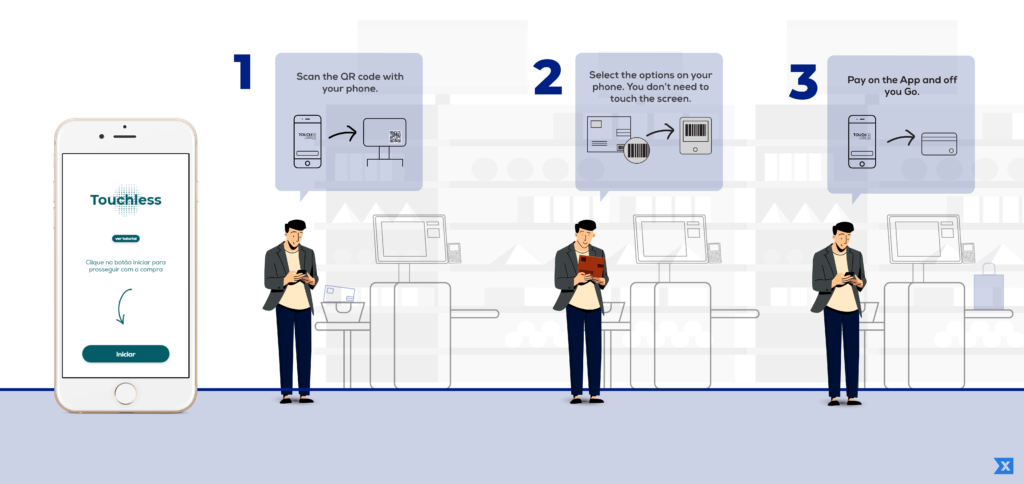
Capacity Reduction Challenges:
Conventional stores need to be more adequate to cater to the demands of the touchless economy. Modernizing the front-office checkout lines is necessary to serve the present dynamic requirements better. The need for increased space between queues and maintaining social distancing presents significant challenges for retailers. Reducing density at checkouts may lead to longer lines, necessitating a thoughtful approach to expanding queue space while ensuring social distance compliance.
Consumer Demand for Touchless Experiences:
Consumers expect minimal contact between themselves and the store during their shopping journey. This expectation extends beyond human contact and includes touchless queue systems, checkouts, touchscreens, and payment terminals. Gartner predicts that by 2024, 80% of ordering and replenishment processes will be touchless for most organizations.

Research also shows that 87% of US shoppers prefer stores with touchless or robust self-checkout options. Consumer preferences are shifting, and organizations need to adapt to remain competitive.
Creating Competitive Imbalance:
Retailers who embrace touchless automation, in-store and in their warehouses, gain a clear competitive advantage. These retailers can differentiate themselves in the market by minimizing risks to consumers, employees, and overall operations. While price remains important, the touchless environment and enhanced sanitation are emerging as crucial factors shaping consumers’ perception of value. Retailers must understand this change to navigate the new competitive landscape effectively.
Implementing Touchless Solutions:
To successfully implement touchless solutions, businesses must prioritize security, functionality, and user experience. Robust security measures are crucial, such as unique QR codes for one-time sessions, SSL encryption, and limited direct connections between users and equipment. Moreover, context-aware operation and integration with existing systems through provided SDKs can enhance functionality while ensuring a seamless transition.
Embracing Touchless Experiences to Succeed in the Retail Industry:
The touchless revolution is reshaping the retail industry, presenting challenges and opportunities. By prioritizing touchless experiences, retailers can meet evolving consumer demands and gain a competitive edge. As we embrace the touchless world, we must rethink layouts, optimize consumer traffic, and minimize contact between staff and customers. By leveraging the right technologies and understanding the changing consumer landscape, businesses can navigate this transformation successfully and thrive in the touchless economy.
Text written by:
Olli-Veikko Möttönen
Xhockware Market Analist
